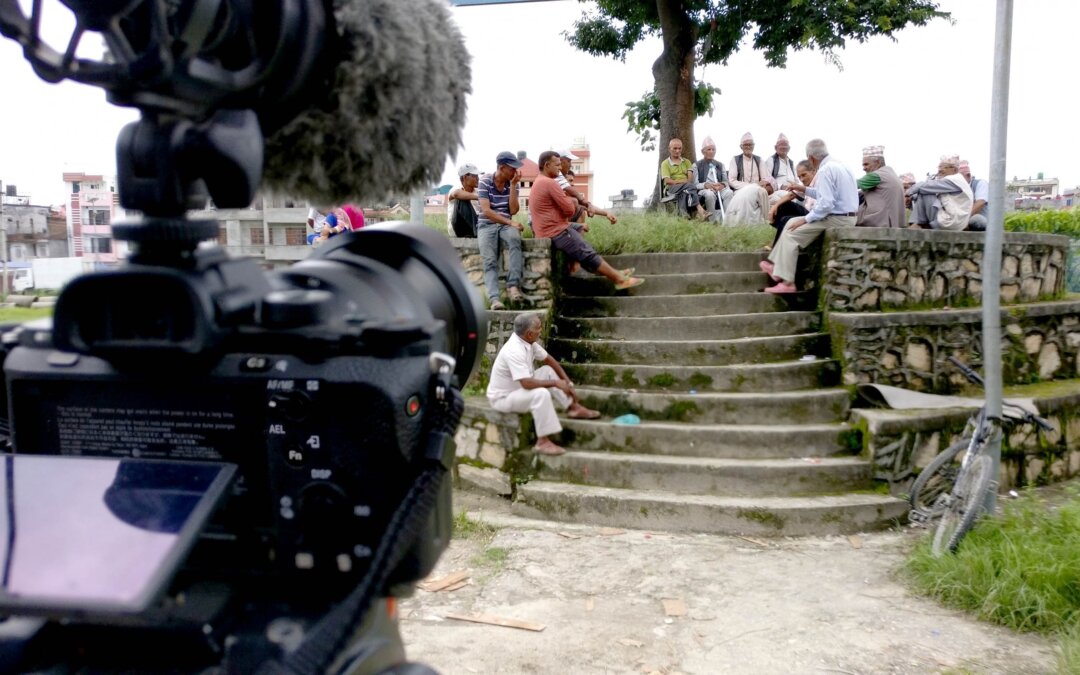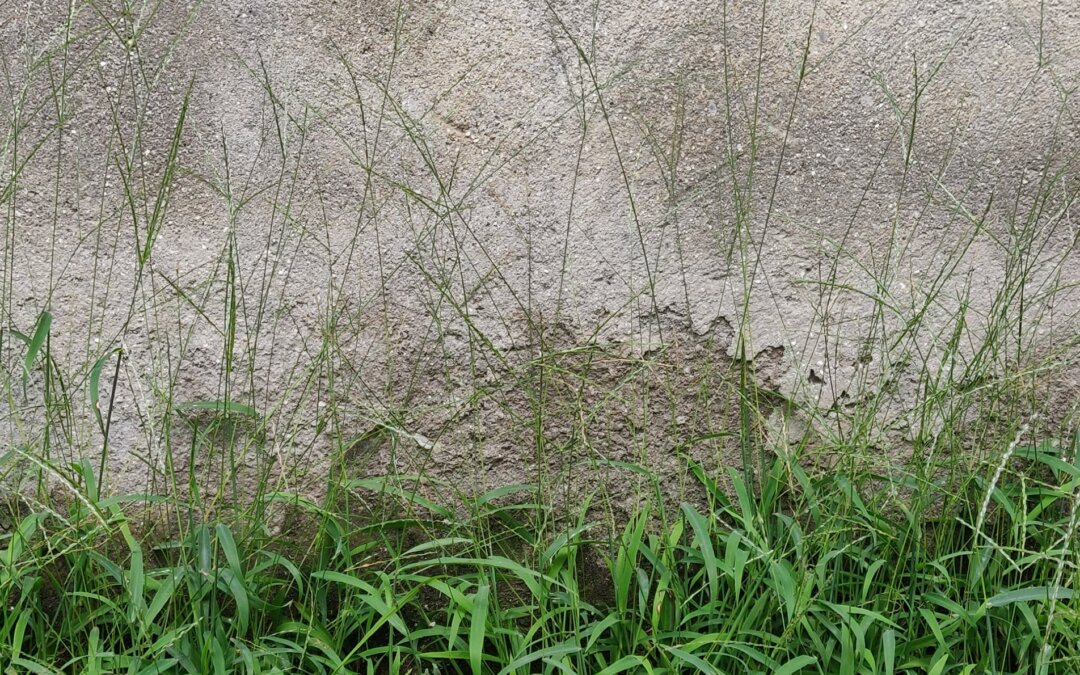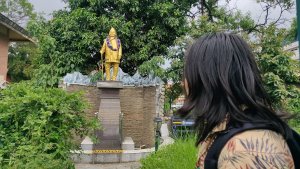
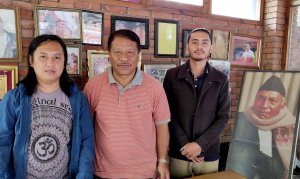
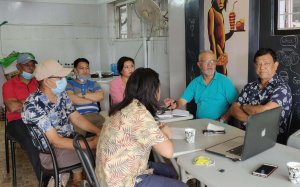
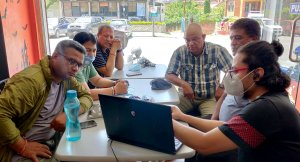
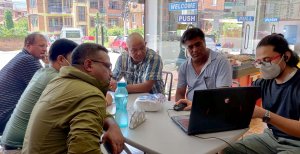

While designing the new parks, I interviewed the public and locals within a radius about the surrounding contexts, local history, cultural specificity, etc. I asked them about this public space that has been unmanaged and locked for a long time. Many public spaces have lost all sense of open space and have been damaged environmentally, socially, and economically.
There is a statue of Late Ganesh man sigh inside the park, placed on a pedestal to show respect and honor his exemplary deeds. But the decoration of the statue became irrelevant when the accessibility, planning, its placement, and visual aesthetics was not considered properly.
As anticipated, the project revealed some difficulties in reforming this segment. So I met with the son of the Late Ganesh man Singh, who served as the former Deputy Prime Minister and Minister of Local Development. I explained to him about the revamping of the park and proposed to reposition the statue avoiding unnecessary decoration of bathroom-tiled fountain and ugly concrete objects.
Late Ganesh man Singh left an impression of leadership, sacrifice, and command during his contributions. To emanate that aura and allow the open public to interact with the statue remains one of the priorities of the design. We want to re-paint this historic statue presumably in soothing effect to blend with the environment. He liked the idea and immediately advised the local politicians and the committee member of that particular park to coordinate on this. I shared our design plans to help them envision the future green spaces. We talked about phasing strategy, budget expenses, and timeline with this committee member so that all will know what to expect and when.
Alongside the cooperation between jurisdictions, stakeholders, and private sector involvement. We held community meetings, to foster community involvement on the park’s viability and the value of coproduction. In the underdeveloped world in general, development priorities are flooded with opinions from a limited group without other perspectives being aired. This heavily one-sided decisions cannot address the community as a whole and often excludes women and young people.
Engaging communities in local decision-making processes is often not practiced. Here we are trying to build trust, new relationships, and change the context within which governance decisions are made.
At the implementation level, significant institutional and capacity shortfalls exist. So we are discussing the management needs and incentives for quality development early from the planning process.
A local review committee is formed as part of this park development process. I am constantly engaging with all sectors involved to infuse the process with context-sensitive design, quality control, and creative solutions in order to devise satisfying processes and outcomes.
According to a 2013 publication from MIT called Places in the Making: How placemaking builds places, “the projects that are most successful at engaging their communities are the ones that treat this engagement as an ongoing process, rather than a single required step of input or feedback.” By testing out crowdsourced ideas through Lighter, Quicker, Cheaper (LQC) experimentation. An effective placemaking process engages these community at the very beginning to set the priorities and vision for the project, and keeps them involved throughout implementation and beyond."

